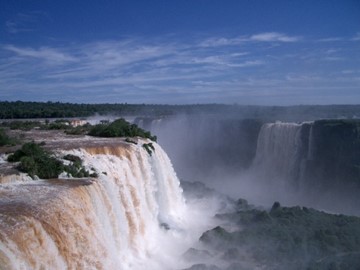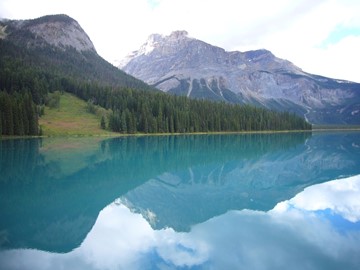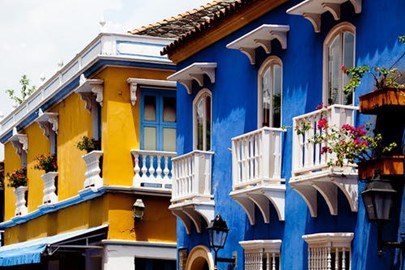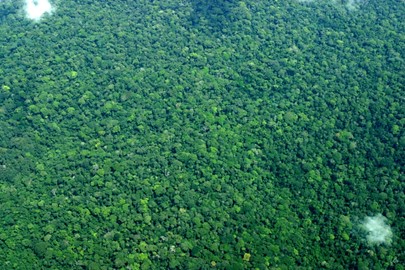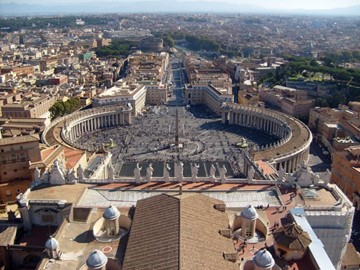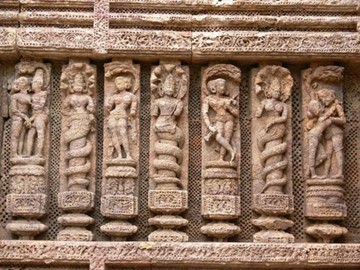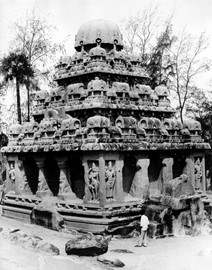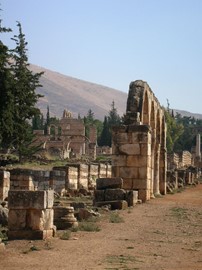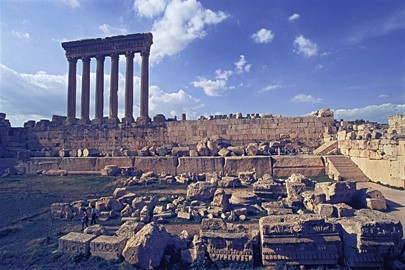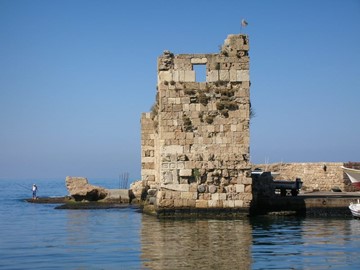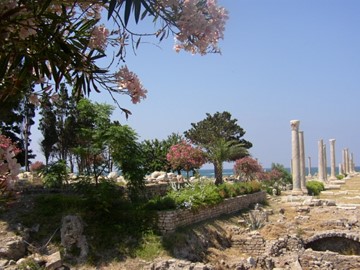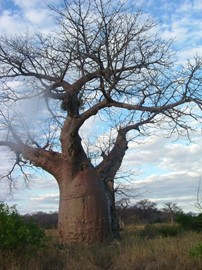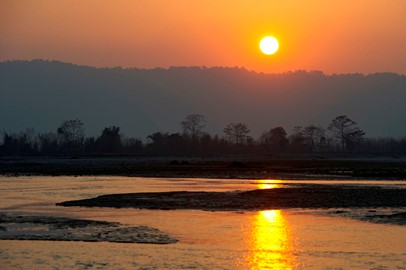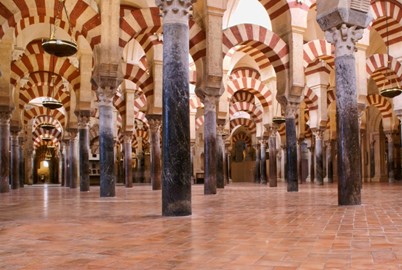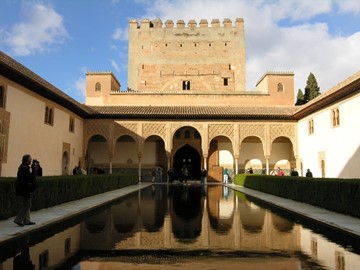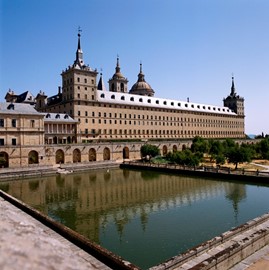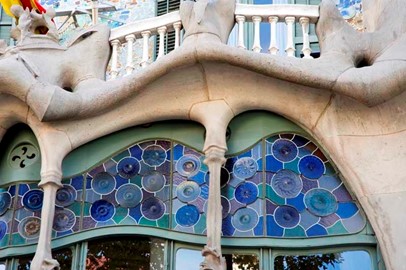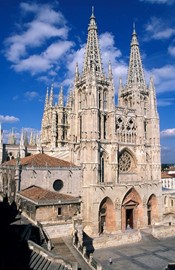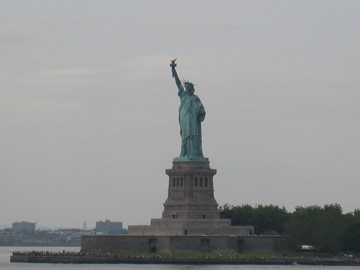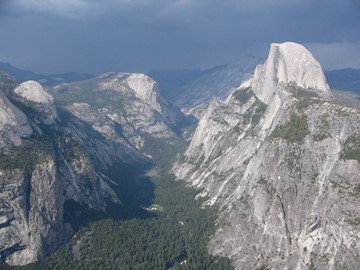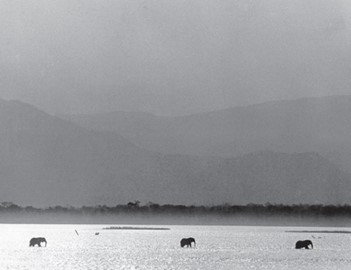year :: 1984
Iguazu
Iguazu National Park, a UNESCO World Heritage site in Argentina, recognized in 1984, is a subtropical rainforest preserve famed for the awe-inspiring Iguazu Falls, a system of over 275 cascading waterfalls. Surrounded by lush biodiversity, including jaguars and rare orchids, it reflects a vibrant ecosystem along the Argentina-Brazil border. This site showcases Argentina’s natural heritage, highlighting a breathtaking blend of water, wildlife, and verdant splendor.
Canadian Rocky Mountain Parks
The Canadian Rocky Mountain Parks, a UNESCO World Heritage site in Canada, encompass a stunning array of peaks, glaciers, and alpine landscapes. Featuring iconic sites like Banff, Jasper, Kootenay and Yoho, as well as the Mount Robson, Mount Assiniboine and Hamber provincial parks, this vast wilderness boasts fossil-rich formations, dramatic canyons, and abundant wildlife, shaped by millions of years of geological activity. Recognized for its natural beauty and scientific value, it stands as a pristine show... Read More
Cartagena
Cartagena, a UNESCO World Heritage site in Colombia, is a vibrant colonial city famed for its well-preserved 16th-century fortifications and colorful architecture. Encircled by stone walls and dotted with plazas, churches, and pastel-hued buildings, it reflects Spanish colonial influence blended with Caribbean charm. This historic port, once a key trade hub, offers a captivating glimpse into its rich multicultural past.
Salonga
Salonga National Park, a UNESCO World Heritage site in the Democratic Republic of the Congo, is Africa’s largest tropical rainforest reserve, located in the heart of the Congo River basin. Recognized in 1984 for its vast, intact wilderness, it shelters endangered species like the bonobo, Congo peacock, and forest elephant. Once listed as endangered in 1999 due to poaching and conflict, it was removed from the danger list in 2021 following conservation improvements. Accessible only by water, it remains a cri... Read More
Castles of Augustusburg and Falkenlust
The Castles of Augustusburg and Falkenlust, a UNESCO World Heritage site in Germany, are exquisite 18th-century Rococo palaces built for prince-archbishops. Augustusburg boasts opulent interiors with frescoed ceilings and grand staircases, reflecting aristocratic splendor. Nearby, Falkenlust, a smaller hunting lodge, features delicate design and serene gardens. Together, they exemplify the elegance and extravagance of the Baroque era. This site offers a glimpse into Germany’s princely past and architectural... Read More
Vatican City
Vatican City, a UNESCO World Heritage site in Rome, is an independent city-state enclaved within Italy, serving as the spiritual and administrative headquarters of the Roman Catholic Church. Home to iconic landmarks like St. Peter’s Basilica and the Sistine Chapel, it boasts a rich history and unparalleled artistic heritage, including Michelangelo’s masterpieces. Governed by the Holy See, it attracts millions of pilgrims and tourists annually, offering a unique blend of faith, culture, and tradition.
Sun Temple
The Sun Temple at Konârak, a UNESCO World Heritage site in India, is a 13th-century architectural marvel dedicated to the Hindu sun god, Surya. Built by King Narasimhadeva I of the Eastern Ganga dynasty, this temple is renowned for its intricate stone carvings and colossal chariot design, featuring 24 elaborately carved wheels and seven horses. It stands as a testament to ancient Indian craftsmanship and astronomical knowledge, drawing global admiration for its historical and cultural significance.
Mahabalipuram
Mahabalipuram and Konârak are UNESCO World Heritage sites in India, renowned for their ancient architectural marvels. Mahabalipuram features intricately carved rock-cut temples, monolithic shrines, and cave sanctuaries from the 7th and 8th centuries, reflecting Pallava dynasty artistry. Konârak is home to the 13th-century Sun Temple, an exquisite example of Kalinga architecture, designed as a massive chariot with detailed stone carvings. Both sites showcase India's rich historical and cultural legacy.
Anjar
Anjar, a UNESCO World Heritage site in Lebanon, is a remarkably preserved example of an early 8th-century Umayyad city. This archaeological gem features a distinctive grid layout with fortified walls, grand palaces, and a sophisticated water management system, showcasing advanced urban planning of its time. Its ruins, including colonnaded streets and public baths, highlight a blend of Roman and local architectural influences. Recognized for its historical value, Anjar offers a unique glimpse into the region... Read More
Baalbek
Baalbek, a UNESCO World Heritage site in Lebanon, is renowned for its monumental Roman architecture, featuring some of the best-preserved temples from antiquity. The site includes the grand Temple of Jupiter, the intricately detailed Temple of Bacchus, and the circular Temple of Venus, showcasing exceptional engineering and artistic mastery. Built on earlier foundations, it reflects a blend of ancient cultures and religious traditions. Its historical significance and striking ruins make it a testament to hu... Read More
Byblos
Byblos, a UNESCO World Heritage site in Lebanon, is one of the oldest continuously inhabited cities in the world, renowned for its ancient Phoenician heritage. This coastal site features well-preserved ruins, including a Crusader-era castle, Roman theaters, and Phoenician temples, showcasing layers of history spanning millennia. Its significance as a trading hub and the birthplace of the Phoenician alphabet highlights its cultural legacy. The picturesque harbor and archaeological treasures make it a testame... Read More
Tyre
Tyre, a UNESCO World Heritage site in Lebanon, is an ancient coastal city renowned for its rich historical and archaeological legacy. It boasts well-preserved Roman ruins, including a grand hippodrome, an expansive necropolis, and a monumental archway, alongside remnants of Phoenician civilization, such as its famed purple dye production. This site exemplifies centuries of cultural exchange and urban development in the Mediterranean.
Lake Malawi
Lake Malawi, a UNESCO World Heritage site in Malawi, is renowned for its exceptional biodiversity and crystal-clear waters. This freshwater lake, one of the African Great Lakes, hosts an extraordinary variety of fish species, including hundreds of endemic cichlids found nowhere else on Earth. Its ecological significance and stunning natural beauty make it a globally recognized treasure.
Chitwan
Chitwan National Park, a UNESCO World Heritage site in Nepal, is renowned for its rich biodiversity and conservation efforts. Established in 1973, it hosts a variety of endangered species, including the Bengal tiger, one-horned rhinoceros, and Gharial crocodile, thriving in its lush forests, grasslands, and riverine ecosystems. The park also holds cultural significance with the indigenous Tharu communities, offering a blend of natural beauty and traditional heritage. It stands as a premier destination for w... Read More
Cordoba
The Historic Centre of Córdoba, a UNESCO World Heritage site in Spain, is renowned for its rich blend of Roman, Islamic, and Christian influences. Its standout feature, the Mezquita-Catedral, began as a mosque in the 8th century and later transformed into a cathedral, showcasing stunning Moorish architecture with its iconic horseshoe arches and intricate tilework. The site also includes a well-preserved medieval urban layout with narrow streets, whitewashed houses, and charming patios, alongside remnants of... Read More
Alhambra, Generalife and Albayzín
The Alhambra, Generalife, and Albayzín form a remarkable World Heritage site in Spain, showcasing a blend of Islamic architecture and historical significance. The Alhambra, a stunning palace-fortress, features intricate tilework, horseshoe arches, and lush courtyards, reflecting its Moorish origins. Adjacent to it, the Generalife offers serene gardens and elegant summer residences, while the Albayzín, a well-preserved medieval neighborhood, boasts narrow streets, whitewashed houses, and panoramic views, tog... Read More
El Escurial
The Monastery and Site of the Escurial is a remarkable World Heritage site in Spain, renowned for its historical and architectural significance. Constructed in the 16th century under King Philip II, this vast complex serves as a royal palace, monastery, basilica, and mausoleum, blending Renaissance and Herrerian styles. It houses an impressive collection of art, manuscripts, and books, reflecting its role as a cultural and intellectual center. The site stands as a testament to Spain's Golden Age, offering i... Read More
Works of Antoni Gaudí
The Works of Antoni Gaudí, a UNESCO World Heritage site, showcase the visionary architect's distinctive style, blending Gothic and Art Nouveau influences with imaginative, organic forms. Iconic structures like the Sagrada Família, Park Güell, and Casa Batlló exemplify his innovative use of color, texture, and structural design, reflecting a deep connection to nature and spirituality. These masterpieces, celebrated for their artistic and architectural significance, continue to captivate visitors with their b... Read More
Burgos Cathedral
Burgos Cathedral, a UNESCO World Heritage site in Spain, is a stunning Gothic masterpiece begun in 1221 and completed over centuries. Its intricate facade, adorned with spires and sculptures, showcases exceptional architectural artistry. The cathedral houses notable treasures, including the tomb of El Cid and a golden staircase by Diego de Siloé. Renowned for its historical and cultural significance, it remains a prominent symbol of Spanish heritage.
Statue of Liberty
The Statue of Liberty, a UNESCO World Heritage site in the United States, is an iconic symbol of freedom and democracy. Gifted by France in 1886, this colossal copper statue depicts Libertas, the Roman goddess of liberty, holding a torch and a tablet inscribed with the date of American independence. Designed by French sculptor Frédéric Auguste Bartholdi and with its internal structure engineered by Gustave Eiffel, it has welcomed millions of immigrants and visitors, embodying the nation's ideals of opportun... Read More
Yosemite
Yosemite National Park, a UNESCO World Heritage site in the United States, is renowned for its stunning granite cliffs, cascading waterfalls, and diverse ecosystems. This iconic park features breathtaking landmarks like El Capitan and Half Dome, attracting millions of visitors annually for hiking, climbing, and nature exploration. Its rich biodiversity includes giant sequoia groves and abundant wildlife, making it a globally celebrated natural treasure.
Mana Pools
Mana Pools, a UNESCO World Heritage site in Zimbabwe, is renowned for its pristine wilderness and exceptional biodiversity along the Zambezi River. This national park features seasonal floodplains, riverine forests, and iconic baobab trees, supporting a rich ecosystem of wildlife, including elephants, lions, hippos, and rare bird species. Its unique landscape, formed by the river’s meandering channels, offers stunning natural beauty and opportunities for canoe safaris and walking tours. Recognized for its e... Read More
